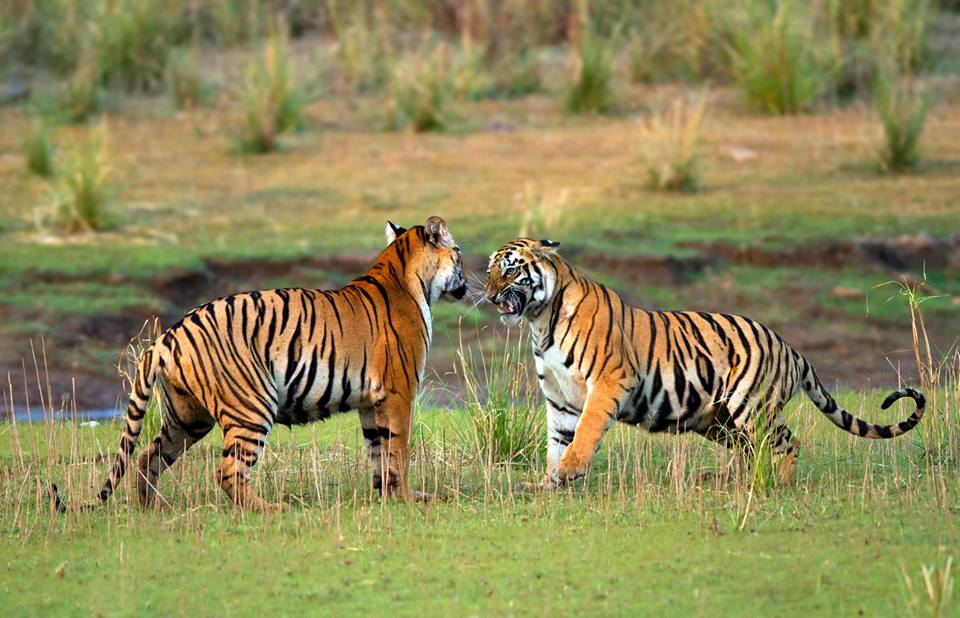Capturing the Beauty of Wildlife

Wildlife photography is a captivating art that allows us to
witness and appreciate the stunning beauty of animals in their natural
habitats. From the powerful grace of a lion on the prowl to the delicate
fluttering of a butterfly’s wings, wildlife photography gives us a glimpse into
the extraordinary world of animals that we may not otherwise have the opportunity
to experience.
Through the lens of a skilled wildlife photographer, we are
transported into the heart of nature, where every click captures a moment
frozen in time. The vibrant colors, intricate patterns, and raw emotions
conveyed by these images evoke a sense of wonder and awe, reminding us of the
incredible diversity and harmony of life on our planet.
The challenge of wildlife photography lies in capturing
these fleeting moments with precision and artistry. It requires a deep
understanding of animal behavior, patience, and the ability to adapt to
ever-changing conditions. A skilled wildlife photographer must immerse
themselves in the natural environment, observing and anticipating the movements
and interactions of the animals they seek to capture.
The beauty of wildlife photography lies not only in the
final image but also in the stories it tells. Each photograph has the power to
narrate the struggle for survival, the tenderness of family bonds, or the sheer
majesty of a creature in its element. These images create a connection between
the viewer and the subject, fostering a sense of empathy and appreciation for
the natural world.
In the age of digital photography, the opportunities for
wildlife photographers are vast. With advancements in technology, we can now
capture wildlife in high resolution, bringing out every detail and texture. The
ability to freeze motion, coupled with the vast range of lenses and equipment
available, allows photographers to experiment with different angles,
perspectives, and compositions, resulting in truly breathtaking images.
Yet, despite the advancements in technology, it is important
to remember that wildlife photography is about more than just technical
prowess. It requires a deep respect for the animals and their habitats. Ethical
considerations, such as maintaining a safe distance, avoiding disturbance, and
leaving no trace, are fundamental in wildlife photography.
By capturing the beauty of wildlife through the lens,
photographers have the opportunity to educate, inspire, and advocate for the
preservation of our natural world. These images serve as a reminder of the
delicate balance of ecosystems and the importance of conservation efforts. They
ignite a sense of wonder and curiosity in people of all ages, fostering a
connection between humanity and the magnificent creatures we share the planet
with.
Wildlife photography is a powerful medium that enables us to appreciate and preserve the beauty of the natural world. Through skilled observation, patience, and technical expertise, photographers are able to capture extraordinary moments that convey the essence of wildlife. These images serve as a testament to the diversity, resilience, and wonder of the animal kingdom, inspiring us to protect and cherish the incredible creatures we share our planet with.










